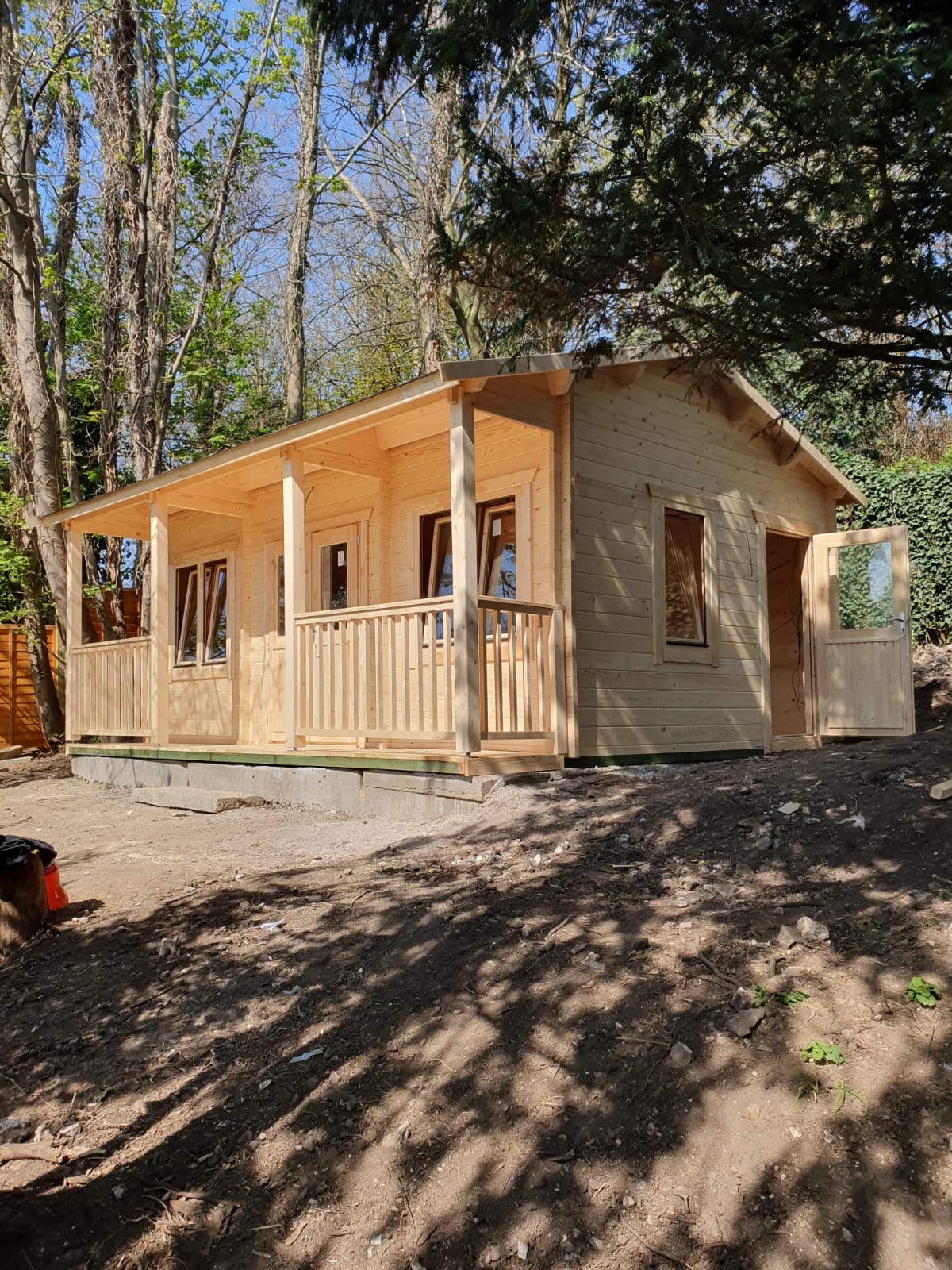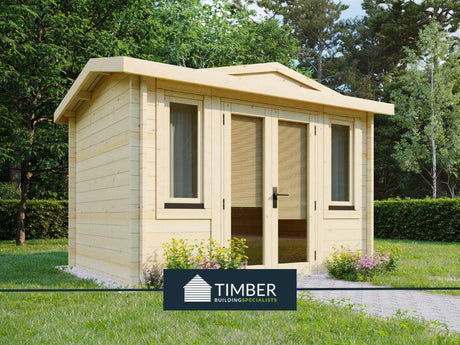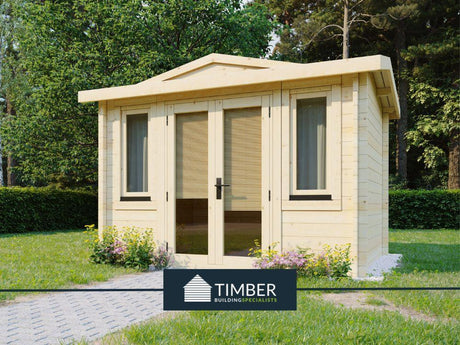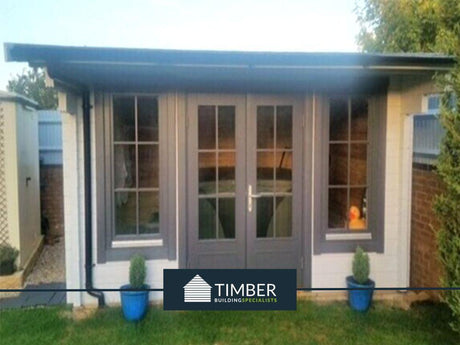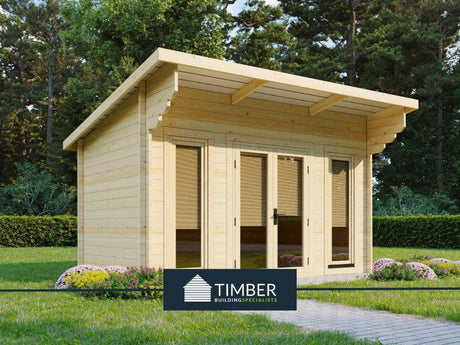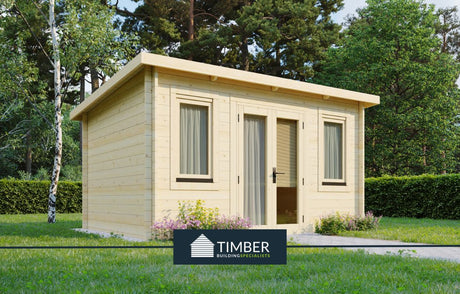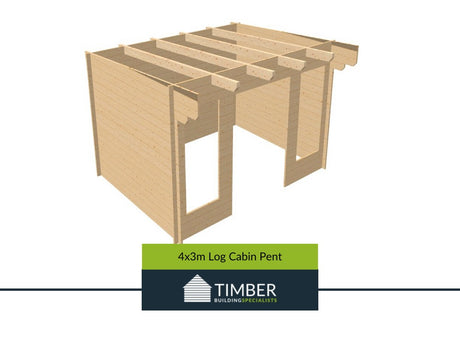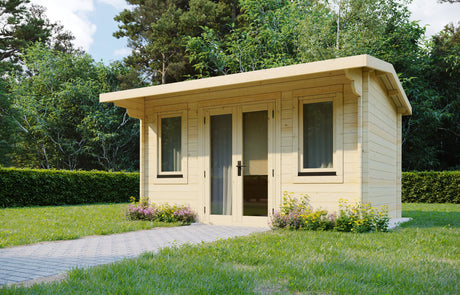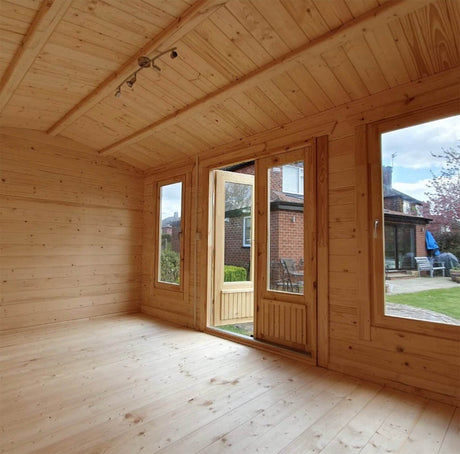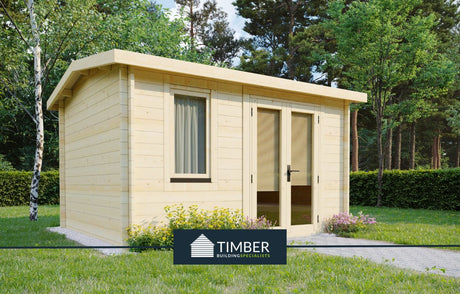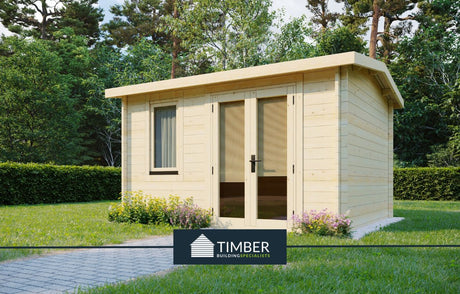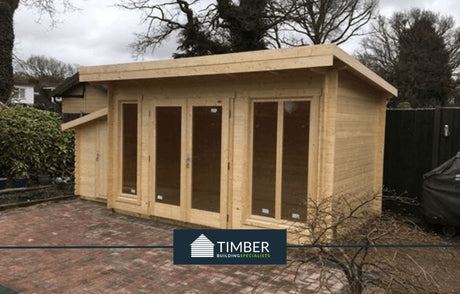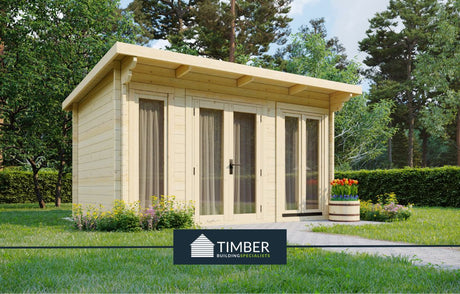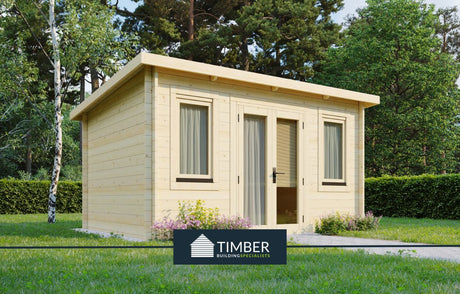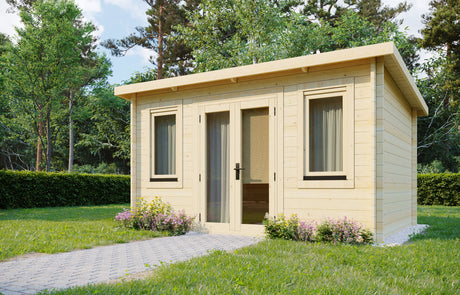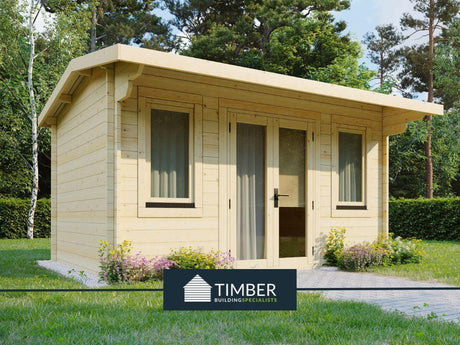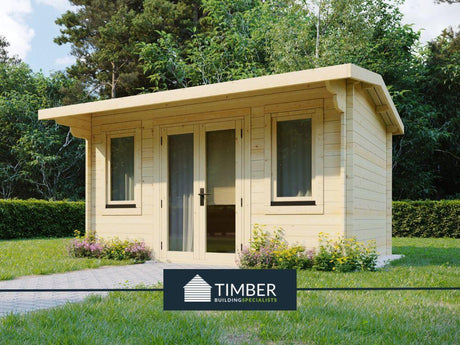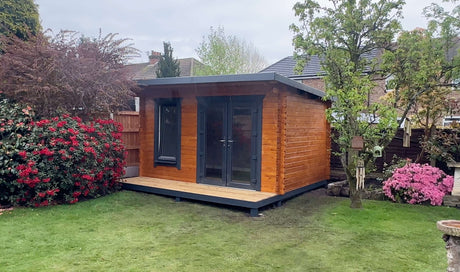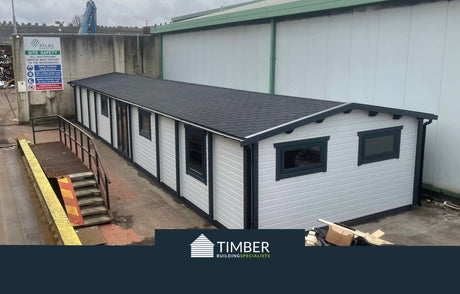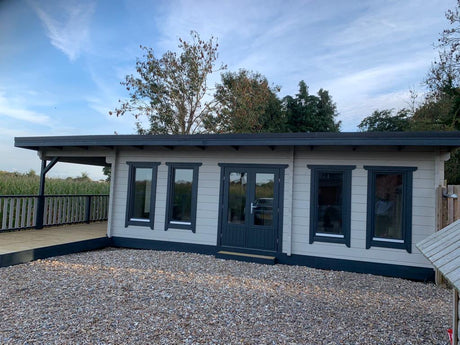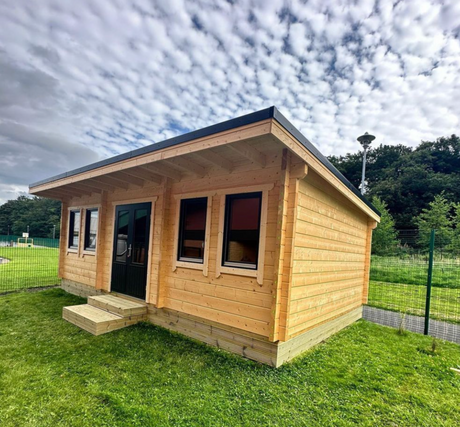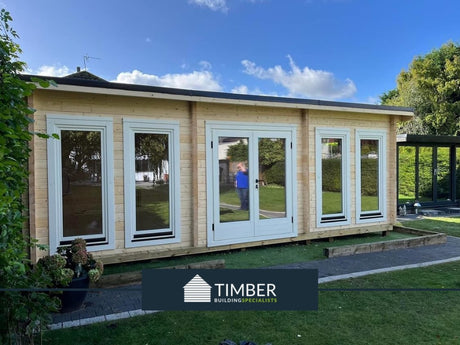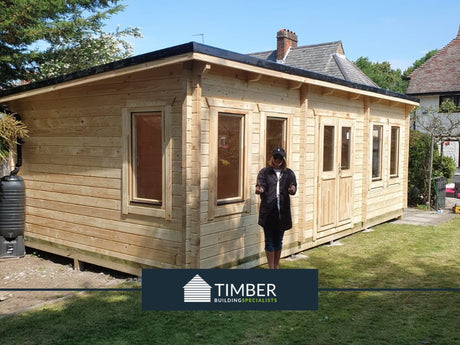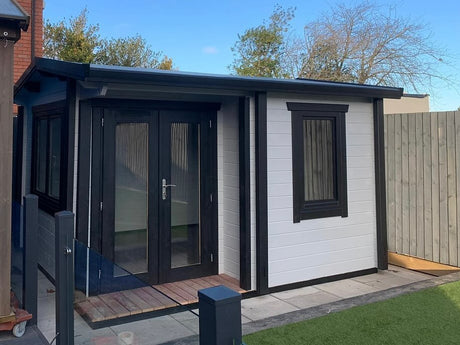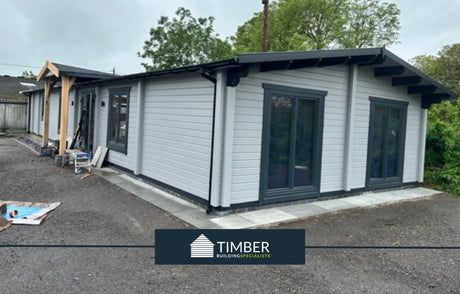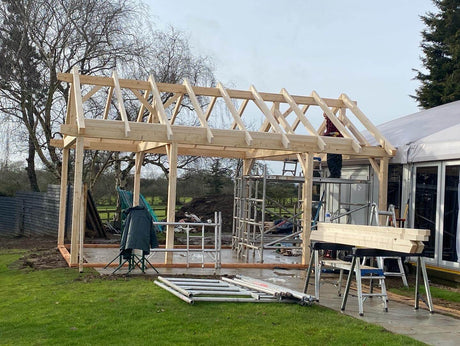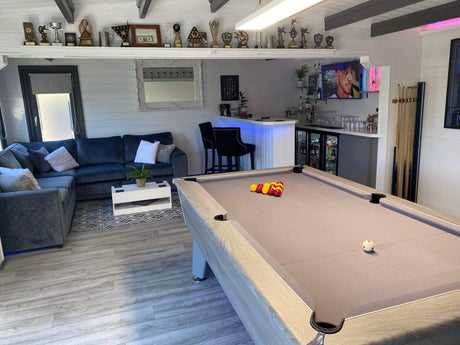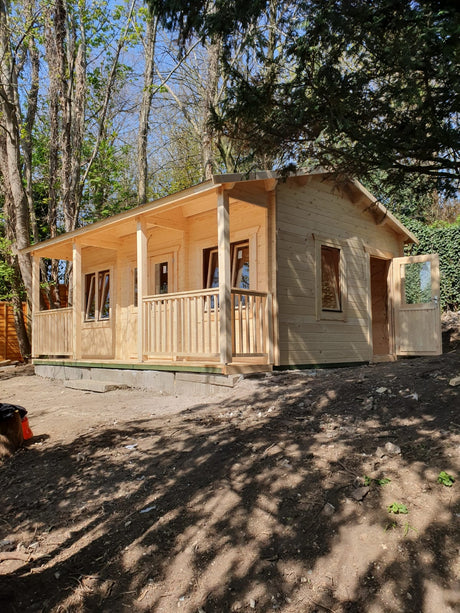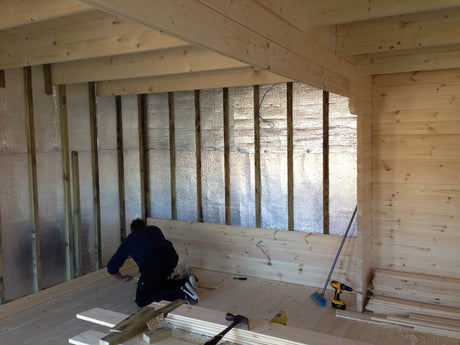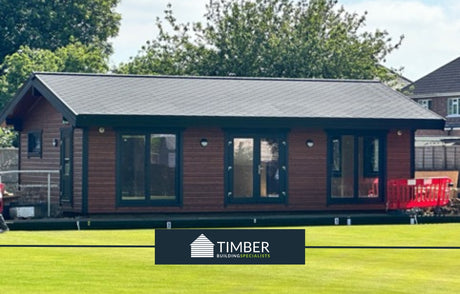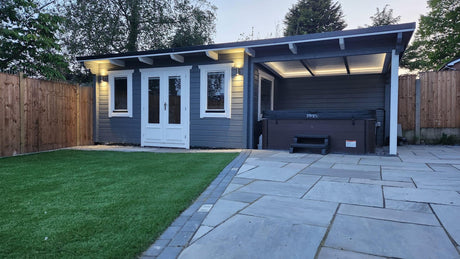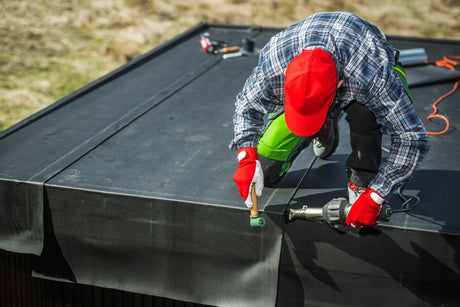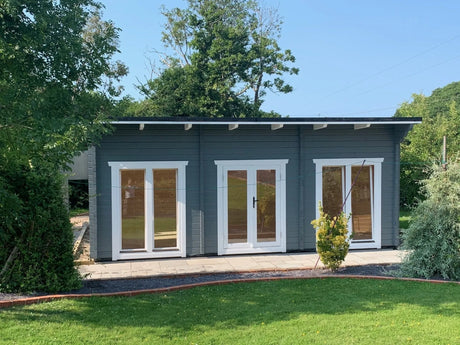So you think you know what a log cabin is, huh? You might be surprised to learn that there's more to these rustic dwellings than meets the eye.
From their humble origins to their modern-day allure, the log cabin has a rich history and a unique charm that continues to captivate people around the world.
But what exactly makes a log cabin a log cabin? Well, buckle up and prepare to unravel the layers of this timeless architectural marvel.
Historical Origins of Log Cabins
The historical origins of log cabins can be traced back to the early settlers who constructed simple shelters using logs and basic tools. These humble dwellings were built from timber, reflecting the rustic lifestyle of frontier life. The concept of the log cabin was heavily influenced by the availability of timber in the areas where settlers migrated, making it a practical choice for shelter. As the settlers ventured into new territories, they brought with them the tradition of constructing log cabins, shaping the landscape of early American architecture.
The construction of log cabins was a skill passed down through generations, with techniques and designs evolving over time. The simplicity and durability of these structures made them well-suited for the demands of frontier life. The use of timber not only provided a readily available building material but also contributed to the charm and character of log cabins. The historical origins of log cabins reflect a time of resourcefulness and resilience, embodying the spirit of early American settlers.
Evolution of Log Cabin Architecture
Tracing the evolution of log cabin architecture reveals a fascinating journey of adaptation and innovation in response to changing needs and styles. The development of log cabin homes has been an intricate process, shaped by various influences and trends.
Here are three key aspects that evoke an emotional response when considering the evolution of log cabin architecture:
- Resilience: Witnessing the transformation of construction techniques and the endurance of original log structures over time can evoke a sense of resilience, reminding us of the enduring strength found in simplicity and tradition.
- Ingenuity: Exploring the evolution of log cabins showcases the ingenuity of early builders and architects who utilised natural resources to create functional and aesthetically pleasing homes, inspiring admiration for their resourcefulness and creativity.
- Timeless Charm: Reflecting on the evolution of log cabin architecture can evoke a sense of timeless charm, as the enduring appeal of log cabins continues to captivate and attract individuals seeking a connection to nature and a simpler way of life.
The evolution of log cabin architecture is a testament to the enduring legacy of log construction techniques and the timeless allure of log structures.
Notable Features of Log Cabins
When examining log cabins, it's important to note their distinctive features that contribute to their enduring appeal and functionality. Log cabins, also known as log homes, are characterised by their notable features that have made them iconic structures.
One of the most recognisable features is the roof, typically constructed with wooden shingles or metal sheets to provide protection from the elements. The notch, a key element in log cabin construction, refers to the specific way in which the logs are stacked and interlocked at the corners, ensuring stability and strength.
Additionally, chinking, the material used to fill the gaps between the logs, plays a crucial role in insulating the cabin and preventing drafts. This traditional technique has been modernised with the use of foam or synthetic chinking for enhanced energy efficiency. The timber building method, which involves using whole logs rather than milled lumber, adds to the distinctive appearance and rustic charm of log cabins.
These notable features collectively contribute to the enduring allure and practicality of log cabins, making them a timeless choice for dwellings.
Construction Techniques for Log Cabins
Noticing the distinctive features of log cabins, you'll find that the construction techniques play a crucial role in their enduring appeal and functionality. When building a log cabin, the following construction techniques contribute to its timeless allure:
-
Logs Laid Horizontally:
The traditional method of laying logs horizontally creates a sturdy and weather-resistant structure. This technique not only enhances the rustic charm of the cabin but also ensures a tight fit, preventing drafts and heat loss. The visible horizontal lines in the construction evoke a sense of warmth and comfort, making the log cabin a cozy retreat in any setting. -
Timber Frame:
Incorporating a timber frame into the log cabin's construction provides structural stability and allows for open, spacious interiors. The exposed timber beams add a touch of natural elegance to the cabin, establishing a connection to the surrounding environment. This technique creates a sense of strength and security, inviting a feeling of solace and tranquility. -
Handcrafted Joinery:
The meticulous craftsmanship of handcrafted joinery not only ensures the structural integrity of the log cabin but also adds a personal touch to its construction. This technique reflects a labor of love and dedication, instilling a sense of authenticity and time-honored tradition into the very framework of the cabin.
Importance of Timber in Log Cabin Building
To understand the importance of timber in log cabin building, consider its role as the foundational material that contributes to the structural integrity and timeless aesthetic of these iconic structures. Timber has been the primary material used in the construction of log cabins for centuries. Its natural strength and durability make it ideal for creating sturdy structures that can withstand the test of time. In the construction of the log cabin, timber is carefully selected and crafted to fit together seamlessly, forming a strong and resilient framework. The use of timber in log house construction not only provides a robust foundation but also adds to the rustic charm and warmth that these dwellings exude.
In the context of modern log cabin and timber garden buildings, the importance of timber remains paramount. Timber continues to be favoured for its eco-friendly properties and its ability to create sustainable and energy-efficient structures. Whether it's for a traditional log cabin build or a contemporary timber garden building, the use of timber ensures a harmonious blend of natural aesthetics and structural reliability.
Roofing Options for Log Cabins
Consider selecting the appropriate roofing option based on your climate and desired aesthetics to ensure the durability and visual appeal of your log cabin. The roof style plays a crucial role in the overall look and functionality of your log cabin build.
Here are three roofing options to consider for the construction of a log cabin:
- Metal Roofing: Opting for a metal roof can provide a modern and sleek look to your log cabin. Additionally, it offers durability, low maintenance, and excellent protection against harsh weather conditions. The sound of rain tapping on a metal roof can also create a cozy and comforting ambiance.
- Wooden Shingles: Choosing wooden shingles can add a rustic and traditional charm to your log cabin design. The natural beauty of wood complements the aesthetic of a log cabin, enhancing its visual appeal. The earthy tones and texture of wooden shingles evoke a sense of warmth and nostalgia.
- Slate Tiles: Consider slate tiles for a timeless and elegant roofing option. Slate offers exceptional durability and fire resistance while adding a touch of sophistication to your log cabin. The classic look of slate can elevate the overall appearance of your log cabin, creating a sense of luxury and refinement.
Rustic Charm of Log Cabin Interiors
Step inside a log cabin and instantly immerse yourself in the cozy embrace of its rustic charm. The interior of a log cabin exudes a warmth and authenticity that's hard to replicate. The use of natural wood, with its warm tones and rough textures, creates a log cabin feel that's both inviting and comforting.
The windows and doors, often crafted from wood as well, allow natural light to filter in, adding to the airy and open ambiance. To enhance the rustic charm, many log cabin interiors are decorated with elements inspired by Scandinavian design, such as clean lines, neutral colours, and cozy textiles. This fusion of styles creates a space that feels both timeless and modern, with a focus on simplicity and functionality.
The use of natural materials like stone and leather further enhances the organic atmosphere within the log cabin, making it a retreat from the hustle and bustle of everyday life. Whether it's the crackling of a fire in the fireplace or the soft glow of candlelight, the interior of a log cabin is designed to envelop you in its rustic charm.
Modern Trends in Log Cabin Design
As you explore the rustic charm of log cabin interiors, you'll notice that modern trends in log cabin design are embracing innovative approaches to construction and sustainability.
- Sustainable Materials: Modern log cabins are made using sustainable materials, such as reclaimed wood and eco-friendly insulation, appealing to environmentally conscious individuals and offering a sense of connection to nature.
- Innovative Cabin Kits: Companies now offer prefabricated log cabin kits that provide a blend of modern convenience with the timeless appeal of log homes. These kits streamline the construction process and allow for customisation, making it easier for individuals to realise their dream of owning a log cabin.
- Contemporary Aesthetics: The design of modern log cabins for sale incorporates contemporary aesthetics, featuring open floor plans, large windows for natural light, and sleek finishes. This blend of modern and rustic elements creates a welcoming and comfortable atmosphere, perfect for both relaxation and entertainment.
Benefits of Owning a Log Cabin
Considering the peaceful retreat and connection to nature that a log cabin offers, owning one can provide a sense of tranquility and escape from the hustle and bustle of everyday life. The benefits of owning a log cabin extend beyond just a place to reside; it's a lifestyle choice.
A log cabin provides a unique living experience, bringing you closer to the natural environment. The use of renewable and sustainable materials in log cabin construction makes it an environmentally friendly choice. The natural insulation properties of wood help in reducing energy consumption, making it an eco-conscious home option.
Owning a log cabin allows you to embrace a simpler way of living, away from the noise and pollution of urban areas. The serene surroundings and fresh air contribute to a healthier lifestyle. Additionally, log cabins often offer a sense of nostalgia and tradition, providing a cozy and rustic ambiance that's unmatched by modern homes.
Maintenance Tips for Log Cabins
To ensure the longevity and pristine condition of your log cabin, regular maintenance is essential. Proper care will keep your log cabin weatherproof and structurally sound for years to come. Here are three crucial maintenance tips to help you preserve the charm of your log cabin:
- Inspect and Seal Gaps: Regularly inspect your log cabin for any gaps or cracks in the construction. Weather and settling can cause gaps to form between the logs, leading to potential water damage and air leaks. Promptly seal any gaps with an appropriate sealant to maintain the cabin's weatherproofing and structural integrity.
- Routine Cleaning and Staining: Regularly clean the exterior of your log cabin to remove dirt, mildew, and other debris. Additionally, ensure that the logs are properly stained or treated to protect them from the elements. Staining not only enhances the natural beauty of the wood but also acts as a crucial barrier against moisture and UV rays.
- Check for Pest Infestations: Inspect your log cabin for signs of pest infestations such as termites or carpenter ants. These pests can wreak havoc on the structural integrity of the logs. Address any infestations promptly and consider preventative measures to safeguard your log cabin from future pest damage.
Eco-Friendly Aspects of Log Cabin Living
Living in a log cabin offers a sustainable and environmentally friendly lifestyle, blending harmoniously with nature and minimising your ecological footprint. The eco-friendly aspects of log cabin living stem from the use of timber as the primary construction material. Timber is a renewable resource that, when harvested responsibly, contributes to sustainable forest management.
Unlike the energy-intensive processes involved in manufacturing steel or concrete, the production of timber for log cabin construction has a lower environmental impact. Additionally, the thermal properties of wood make log cabins naturally energy efficient, reducing the need for excessive heating or cooling. This not only conserves energy but also decreases the reliance on fossil fuels, promoting a more eco-friendly way of living.
Furthermore, the longevity of log cabins, when properly maintained, ensures that they remain a part of the ecosystem for generations. By choosing to reside in a log cabin, you actively participate in sustainable living practices and minimise the environmental impact of your dwelling.

Unique Uses for Log Cabins
Log cabins offer versatility beyond traditional living spaces, with unique potential for various creative and practical uses. Consider the following unique uses for log cabins:
- Summer House: Imagine the tranquility of a log cabin nestled in the woods, serving as your personal summer retreat. A place where you can escape the hustle and bustle of daily life, relax in the natural surroundings, and create lasting memories with loved ones. Whether it's for weekend getaways or extended vacations, a log cabin can provide the ideal setting for your summer adventures.
- Small House: Embrace the cozy charm of a log cabin as a small, intimate dwelling. With its rustic appeal and efficient use of space, a log cabin can serve as a perfect home for those seeking a simpler, minimalist lifestyle. Experience the warmth and comfort of a compact log cabin that meets your basic needs while fostering a deeper connection to nature.
- Garden Log Cabin: Transform your garden into a serene oasis with a charming log cabin nestled among the foliage. This unique use combines the functionality of a traditional garden shed with the inviting ambiance of a rustic retreat. Whether it's a peaceful reading nook, an art studio, or a space for quiet contemplation, a garden log cabin can elevate your outdoor sanctuary to new heights.
Factors to Consider When Buying a Log Cabin
When purchasing a log cabin, it's essential to consider various factors that will impact your overall satisfaction with the property.
Firstly, assess the construction of your cabin. Look for quality craftsmanship and sturdy materials to ensure the longevity of your wooden home.
Additionally, consider the type of roof on the log cabin. Different roof styles can impact the aesthetic appeal and functionality of the property. It's important to choose a roof that suits your preferences and complements the overall design of the cabin.
Another crucial factor to contemplate is whether you intend to build a log cabin yourself or purchase one that's pre-built. If you opt for the former, ensure that you have the time, skills, and resources necessary for the construction process. On the other hand, if you're buying a pre-built log cabin, thoroughly inspect the structure to guarantee that it meets your standards.
DIY Log Cabin Building Considerations
Considering building your own log cabin presents a unique set of challenges and opportunities. The idea of creating your version of a log cabin could be both exhilarating and daunting. Here are three key considerations to keep in mind as you embark on this journey:
- Embrace the History: Building a log cabin is a nod to the past, echoing the simplicity and resilience of the first log cabins constructed by early settlers. Embracing this history can evoke a sense of pride and connection to the land, making the process of log cabin build more meaningful.
- Mindful Planning: Crafting a log cabin requires meticulous attention to detail, especially when it comes to the placement of each log. The process of stacking logs horizontally demands precision and patience, but the satisfaction of seeing the structure take shape with every carefully placed log is unparalleled.
- Community and Connection: Building a log cabin often involves the support and assistance of friends, family, or even a community of fellow builders. This collaborative effort fosters a sense of camaraderie and shared accomplishment, turning the log cabin build into a memorable and rewarding experience.
Popular Locations for Log Cabin Living
Embracing the history of log cabin building can extend to choosing popular locations for log cabin living, creating a sense of connection to the land and the traditions of early settlers. When considering popular locations for log cabin living, Nordic countries like Sweden, Norway, and Finland come to mind. These countries are rich in the tradition of log cabin construction, and their breathtaking landscapes offer the perfect setting for log cabin living. The use of spruce wood, abundant in these regions, makes it an ideal choice for building log cabins, ensuring durability and insulation against the harsh winters.
Eastern Europe also boasts popular locations for log cabin living. Countries such as Romania, Poland, and Russia have a long history of log cabin construction. The Carpathian Mountains in Romania, for example, offer a picturesque backdrop for log cabin living, providing a tranquil and serene environment.
In these popular locations, log cabin living allows you to immerse yourself in the beauty of nature while embracing the age-old tradition of log cabin construction. Whether it's the Nordic countries or Eastern Europe, the allure of log cabin living in these popular locations is undeniable.
Log Cabins in Pop Culture
Log cabins have been featured in various forms of popular culture, from literature to film and television, reflecting their enduring appeal and romanticized charm. Their presence in pop culture evokes a sense of nostalgia and a longing for simpler times, capturing the imagination of audiences worldwide.
Here are three ways log cabins have left an indelible mark on pop culture:
- Literature: From classic tales like 'Little House on the Prairie' to modern novels like 'The Shining,' log cabins often serve as a backdrop for compelling stories, symbolizing resilience and a return to nature.
- Film: Log cabins are frequently depicted as the ideal retreat, providing a sense of escape and tranquility. Whether it's the secluded log cabin in 'The Notebook' or the rustic charm of the cabin in 'Brother Bear,' they embody the allure of a serene, rustic lifestyle.
- Television: Log cabins have been featured in various TV shows, showcasing the diverse range of log cabins, from traditional to modern designs. Whether it's a cozy family cabin in a heartwarming drama or a survivalist's refuge in a thrilling series, log cabins continue to captivate audiences with their timeless charm and versatility in pop culture.
The Enduring Allure of Log Cabins
The enduring allure of log cabins is evident in how they continue to captivate audiences through their representation in literature, film, and television, showcasing their timeless charm and versatility in pop culture. Whether it's the rugged charm of a pioneer's log cabin build in a historical novel, or the cozy warmth of a modern log cabin nestled in the woods in a popular movie, log cabins have an enduring appeal that transcends time.
The rustic simplicity and sturdy construction of log cabins also make them a popular choice for setting the scene in various forms of media. The image of a log cabin was constructed with the idea of self-reliance and resilience, which resonates with many people. Furthermore, the process of building the cabin, from selecting and stacking the logs to creating a cozy interior, is often portrayed as a labor of love that adds to the allure of log cabins.
In today's fast-paced world, log cabins also offer a nostalgic escape, providing a connection to nature and a simpler way of life.
Conclusion
As you peel back the layers of the log cabin, you uncover more than just a structure. It represents resilience, simplicity, and a connection to nature.
The log cabin stands as a symbol of self-sufficiency and a return to a simpler way of life. It's a reminder that sometimes, the most basic and natural things in life can provide the greatest comfort and fulfilment.

